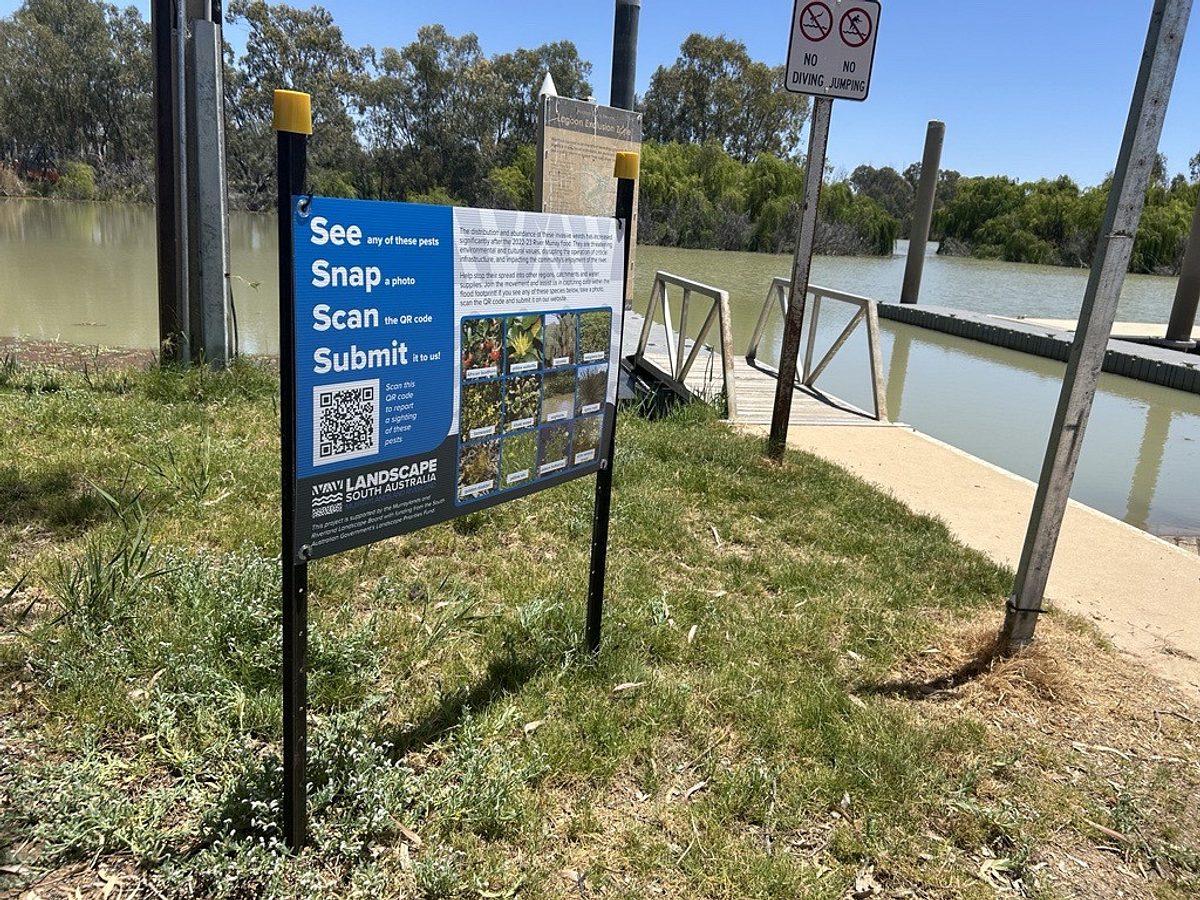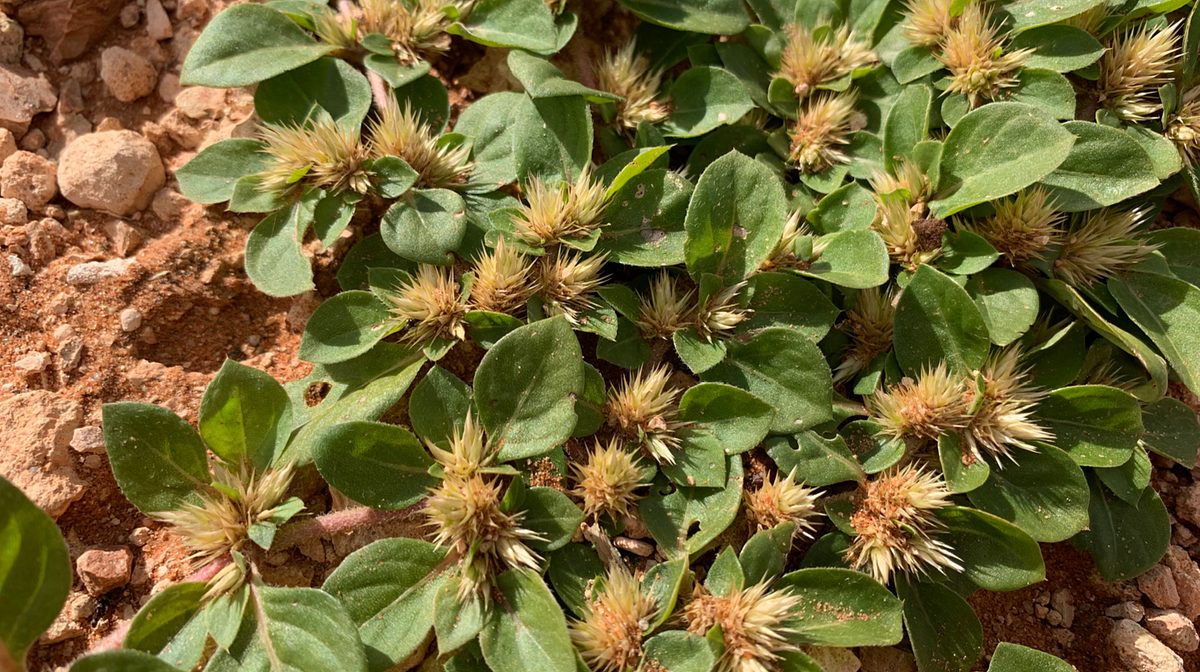Reversing the red with a dash of spots on international day of conservation optimism
7 February is the second Reverse the Red Day and there is cause for celebration with a successful conservation project to protect the Southern purple spotted gudgeon.
Fifty Southern purple-spotted gudgeons have been released into a waterhole, bringing Zoos SA one step closer to reintroducing the species to the Murray-Darling Basin, in collaboration with Murraylands and Riverland Landscape Board and Nature Glenelg Trust.
Murraylands and Riverland Landscape Board’s Wetland Project Officer, Connor Gervais, said the waterhole at Monarto Safari Park is part of a network of Southern purple-spotted gudgeon breeding sites.
“Growing our sites where we can breed these fish and build up their numbers and genetic diversity in a safe, protected environment is fantastic so we can eventually start to reintroduce them to the wild.”
Zoos SA’s Conservation Ecologist, Paul Kotz, said it is exciting to be bringing the native species back into areas where they were originally found.
“Many small native fish species suffered during the millennium drought and the Southern purple-spotted gudgeons haven’t been seen in the Murray River in South Australia since then.
“Although they are a small fish, they are just as intrinsically valuable to the ecosystem as any other species and it’s rewarding to be making progress in returning this lesser-known native fish to its native habitat,” said Paul.
As a conservation charity, Zoos SA is committed to reversing the decline of species. Reverse the Red Day is an opportunity to inspire strategic action and optimism to ensure the survival of species and ecosystems.
“As of today, there are 44,000 species threatened with extinction and that is mainly due to human actions, however human actions can also help change that. So we need your help to be the first generation to stop biodiversity decline.
“Native species are important to me because Australia has the worst mammal extinction rate in the world, and it’s not slowing down so we need to do something about it. I love being able to be part of breeding conservation programs to help these species in the wild and also help educate people about why they’re important,” finished Natives Keeper Gemma Asser.

This project is supported by the Murraylands and Riverland Landscape Board through funding from the landscape levies.


